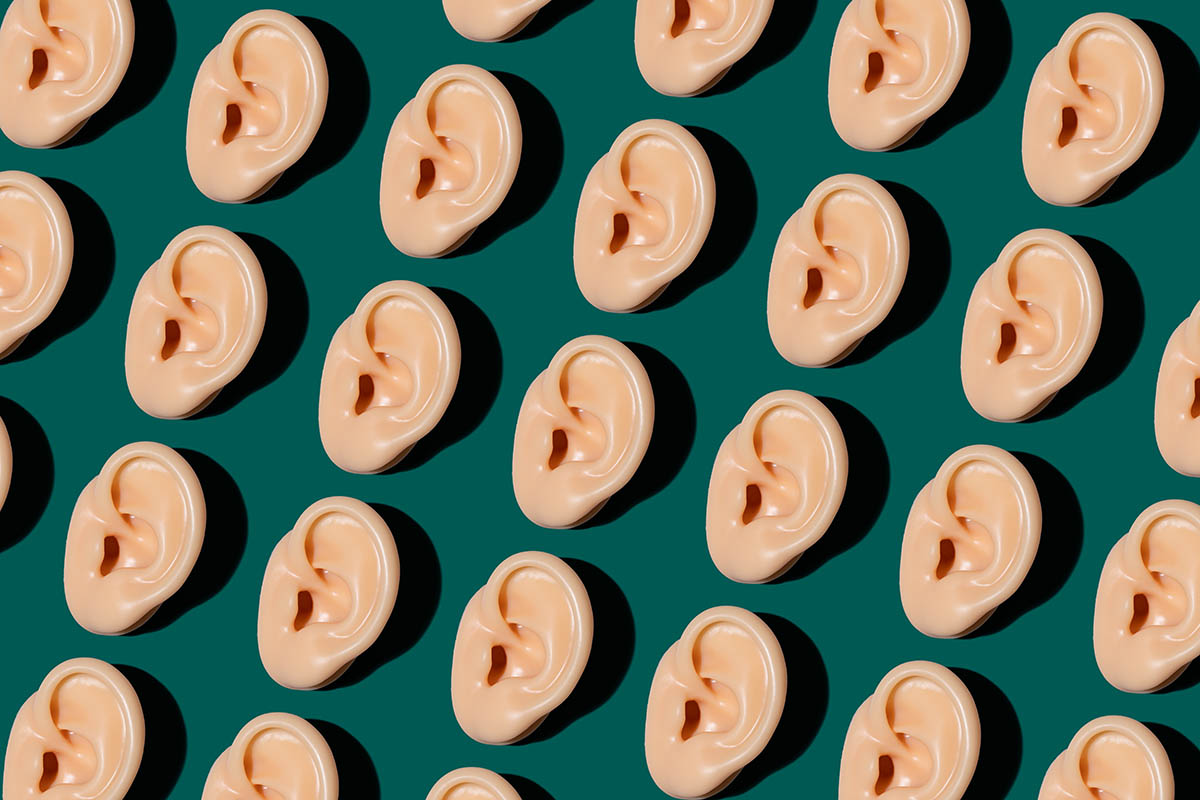Ears show promise as a contactless security biometric
Combined 2D/3D recognition of the ear shows promise as a robust alternative biometric to fingerprints and facial recognition.
By matching the features of our ears captured in a two-dimensional snapshot with their uniquely individual 3D) structure, a research team led by Khalifa University has developed a promising and highly accurate ear-based biometric scheme1.
“Numerous biometric authentication methods exist, including facial recognition, iris scanning, fingerprints, toeprints and palmprint recognition,” says Naoufel Werghi from KU’s Center for Cyber-Physical Systems. “Although fingerprint-based authentication remains widely adopted, ear biometrics have recently emerged as a method with higher accuracy compared with even the most precise iris-recognition technology.”
Due to its 3D structure, the ear is highly resistant to spoofing attacks, unlike fingerprint and iris biometrics. Moreover, intricate detail and fixed shape make it robust and reliable for detection systems. The results are more accurate than facial recognition, which changes with facial expression and face coverings such as masks or glasses. Ears are, therefore, emerging as an advantageous, contactless biometric, particularly in hospital settings where masks, eye protection and gloves make other biometrics impractical.
Although there has already been considerable research on ear biometrics using 2D approaches, Werghi, Iyyakutti Ganapathi and colleagues from KU and Gautam Buddha University in India have identified the potential to improve the accuracy and robustness of this biometric even further using 3D data.
“We are optimistic that, with advancements in data availability and technology, ear recognition will eventually find its place in real-time applications.”
Naoufel Werghi
“Our aim was to enhance ear biometric authentication by leveraging both 2D and 3D ear data to overcome the challenges of variation in ear size, illumination and pose,” says Ganapathi. “Integrating 3D ear data makes it possible to handle such variations, resulting in improved recognition accuracy.”
But there are challenges. Due to the problems of imaging angle and lighting, cross-referencing a 2D ear image against a centralized database has been difficult to achieve in real time. Ears are also highly individual, with intricate detail in 2D and 3D. Werghi and Ganapathi’s research addressed this by correlating 2D features and textures to geometric 3D ‘keypoints’ using a statistical co-variance matrix approach. By co-registering the 2D and 3D data, a 2D image taken of the ear from any angle can be quickly matched to a database with minimal computation.
“By extracting adequate features from both modalities, even without demanding learning models and excessive training, our method offers increased discriminative power compared with previous approaches, while maintaining low computational time,” says Werghi.
This is the first time that 2D and 3D ear attributes have been merged in this way. Testing on a large database of ear images revealed the team’s approach achieved superior performance compared with existing state-of-the-art techniques in terms of robustness to occlusion, noise and pose variations.
“We are optimistic that, with advancements in data availability and technology, ear recognition will eventually find its place in real-time applications,” says Werghi.
Reference:
- Ganapathi, I.I., Ali, S.S., Sharma, U., Tomar, P., Owais, M., Werghi, N. RHEMAT: Robust human ear based multimodal authentication technique. Computers & Security 132, 103356, 2023. | Article




